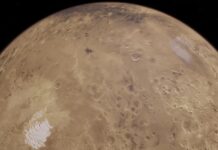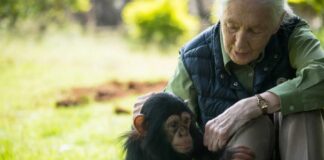Fifty-five million years ago, a very different kind of crocodile ruled Australia’s inland waters. These weren’t the saltwater or freshwater crocs we know today; they were Mekosuchines, an ancient lineage unique to Australia that evolved long before their modern relatives arrived. Now, fossilized eggshells unearthed in Queensland offer an unprecedented glimpse into these prehistoric predators’ lives.
The newly discovered eggshells, named Wakkaoolithus godthelpi, belong to the oldest known member of the Mekosuchine family. While we have found numerous bones and skulls from these creatures, eggshells provide unique insights into their reproductive habits and environment. “These eggshells give us a glimpse of the intimate life history of mekosuchines,” explained Dr. Xavier Panadès i Blas, a paleontologist involved in the discovery. “We can now investigate not only the strange anatomy of these crocs but also how they reproduced and adapted to changing environments.”
What makes Wakkaoolithus godthelpi so special? Analysis reveals that Mekosuchines laid their eggs near lakeshores, suggesting a strategy adaptable to fluctuating water levels. This adaptation is particularly intriguing because these crocs occupied diverse ecological niches – unlike today’s crocodiles, some were likely terrestrial hunters in the forests and others may have even been “drop crocs,” descending from trees on unsuspecting prey.
“Mekosuchine crocs may have lost much of their inland territory because of encroaching dryland—eventually having to compete in the shrinking waterways not only with new arrivals to Australia but also dwindling numbers of their megafaunal-sized prey,” speculates Dr. Michael Stein, a paleontologist at the University of New South Wales.
The discovery highlights the importance of eggshells as a valuable resource for paleontology. As Dr. Panadès i Blas emphasizes, they offer microstructural and geochemical clues about nesting locations, breeding strategies, and even the animals’ dietary habits. He urges researchers to include these often overlooked fragments in their investigations alongside more familiar fossils like bones and teeth.
These fascinating new findings paint a vivid picture of a lost world—one where strange, specialized crocodiles thrived amidst ancient birdsong, frogs, snakes, bats, and mammals unlike any we see today.

























